
What is a plant-based diet?
A plant-based diet is basically a way of eating derived from fruits, vegetables, grains, legumes, nuts, and seeds with few or no animal products. Ideally, a plant-based diet is a vegan diet with a bit of flexibility in the transitional phases, with the goal of becoming 100 percent plant-based over time.
Types of a plant-based diet
- Vegans – don’t eat anything that comes from an animal, be it fish, fowl, mammal, or insect. Vegans refrain not only from animal meats but also from any foods made by animals (such as dairy milk and honey). They often also abstain from purchasing, wearing, or using animal products of any kind (for example, leather).
- Lacto-Ovo vegetarians – eat dairy foods and eggs but no meat, poultry or seafood.
- Ovo-vegetarians – include eggs but avoid all other animal foods, including dairy.
- Lacto-vegetarians – eat dairy foods but exclude eggs, meat, poultry and seafood.
- Pescatarians – consumes no animal or animal products except fish and/or shellfish.
- Flexitarian – follows a vegetarian diet most of the time with occasional consumption of meat or fish
What should you include in your pantry?
Non-Starchy Vegetables
- Leafy greens (Kale, Spinach, Butter Lettuce etc.)
- Broccoli
- Zucchini
- Eggplant
- Tomatoes
Starchy Vegetables
- All kinds of potatoes
- Whole corn
- Legumes (all beans and lentils)
- Root vegetables
- Quinoa
Fruits
- All whole fruits (avoid dried and juiced fruits)
Whole Grains
- 100% whole wheat, brown rice, and oats
Beverages
- Water
- Green tea
- Unsweetened plant-based milk
- Decaffeinated coffee and tea
Spices
- All spices
Omega 3 Sources
- Ground flaxseed
- Chia seeds
Nuts
- Peanuts
- Almonds
- Cashews
- Walnuts
Foods to Consume Sparingly
- Avocadoes
- Coconuts
- Sesame seeds
- Sunflower seeds
- Pumpkin seeds
- Dried fruit
- Added sweeteners (maple syrup, fruit juice concentrate, and natural sugars)
- Caffeinated tea and coffee
- Alcoholic beverages
- Refined soy protein and wheat protein
Off-limits
Meat
- Fish
- Poultry
- Seafood
- Red meat
- Processed meat
Dairy
- Yogurt
- Milk
- Cheese
- Cream
- Half and half
- Buttermilk
Added Fats
- Liquid oils
- Coconut oil
- Margarine
- Butter
Beverages
- Soda
- Fruit juice
- Sports drinks
- Energy drinks
- Blended coffee and tea drinks
Refined Flours
- All wheat flours that are not 100% whole wheat
Vegan Replacement Foods
- The vegan “cheese” or vegan “meats” containing any oil
Miscellaneous
- Eggs
- Candy bars
- Pastries
- Cookies
- Cakes
- Energy bars
It’s worth noting that just because you switch to a plant-based diet doesn’t mean that you’ll automatically become super healthy. There’s a plethora of plant-based junk foods out there such as non-dairy ice cream and frozen veggie pizza which can massively wreak havoc to your health goals if you’re over consuming them.
Read more Keto Diet and Exercise: The Ultimate Guide for Training on a Low-Carb Diet
Will a plant-based diet help me lose weight?
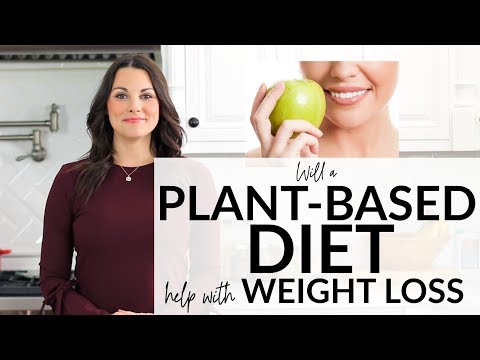
Yes. Consuming whole plant-based foods make it easier to cut off excess weight and maintain a healthier weight without having to involve calorie restrictions. This is because weight loss naturally occurs when you consume more fiber, vitamins, and minerals than you do animal fats and proteins.
Will I get enough protein on a plant-based diet?
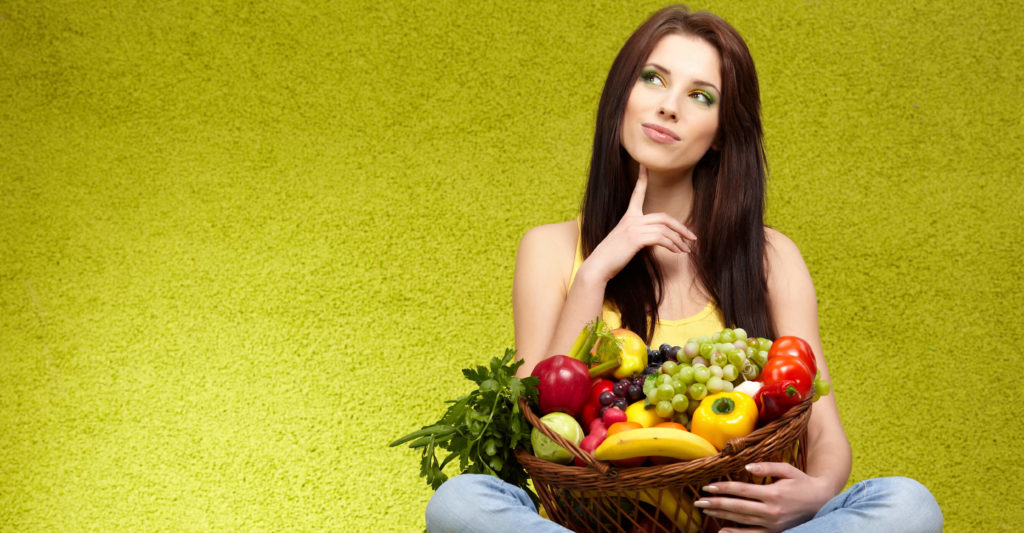
Of course, you can. Contrary to the notion being perpetuated by the mainstream media backed by big meat producers that protein is only found in meat, traditional staples such as nuts, beans, oats and brown rice are also a good source of protein.
How to build muscle on a plant-based diet?
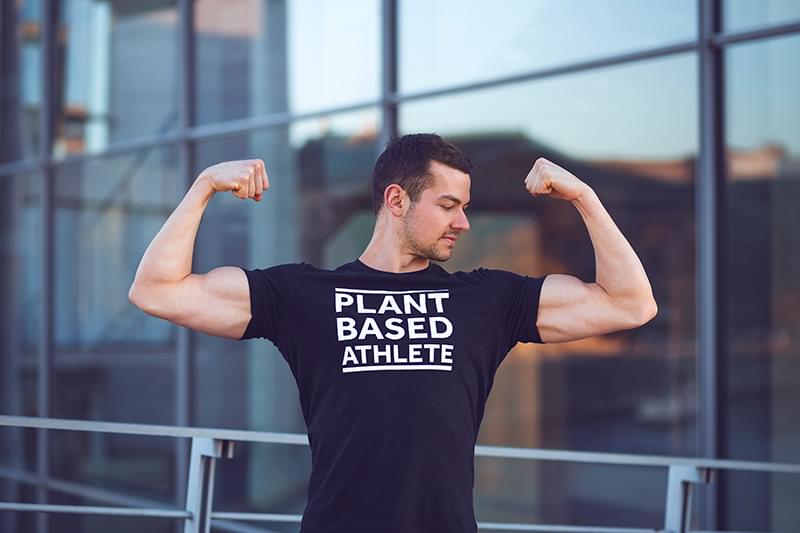
Contrary to popular belief, you don’t need meat to get big. You can effectively build muscle while being on a plant-based diet. When you understand how muscle is built, you will realize that animal products are not necessary, and they could actually have an adverse effect on your health. Muscle size only increases when two conditions are present:
- First, you stimulate growth by consistently engaging in resistance training that exerts stress on muscle fibers, creating micro-tears in them.
- Second, you need to eat enough calories to support muscle repair and growth, a small but vital proportion of which must consist of amino acids, the building blocks of protein. Amino acids help us recover from training, and they help damaged muscle tissues repair and grow.
When you eat whole plant foods, you consume not only fuel (carbohydrates), but also amino acids (protein), fatty acids (fat), fiber, water, vitamins, minerals, antioxidants, phytonutrients, and other components in the right proportions for promoting good health. When you consume processed and refined foods, you sacrifice a huge proportion of these nutrients, and you acquire the toxic baggage that comes with these foods, including excess fat and cholesterol, refined sugars, refined flours, artificial colors, additives, preservatives, and more. The amino acids in fruits and vegetables are sufficient to build muscle, and their vitamins, minerals, and antioxidants also keep us healthy, so we can exercise regularly and turn consistency into results. It is easy to see how a whole-food, plant-based diet will result in optimal health and athletic performance, including building muscle.
What are some good plant protein supplements?
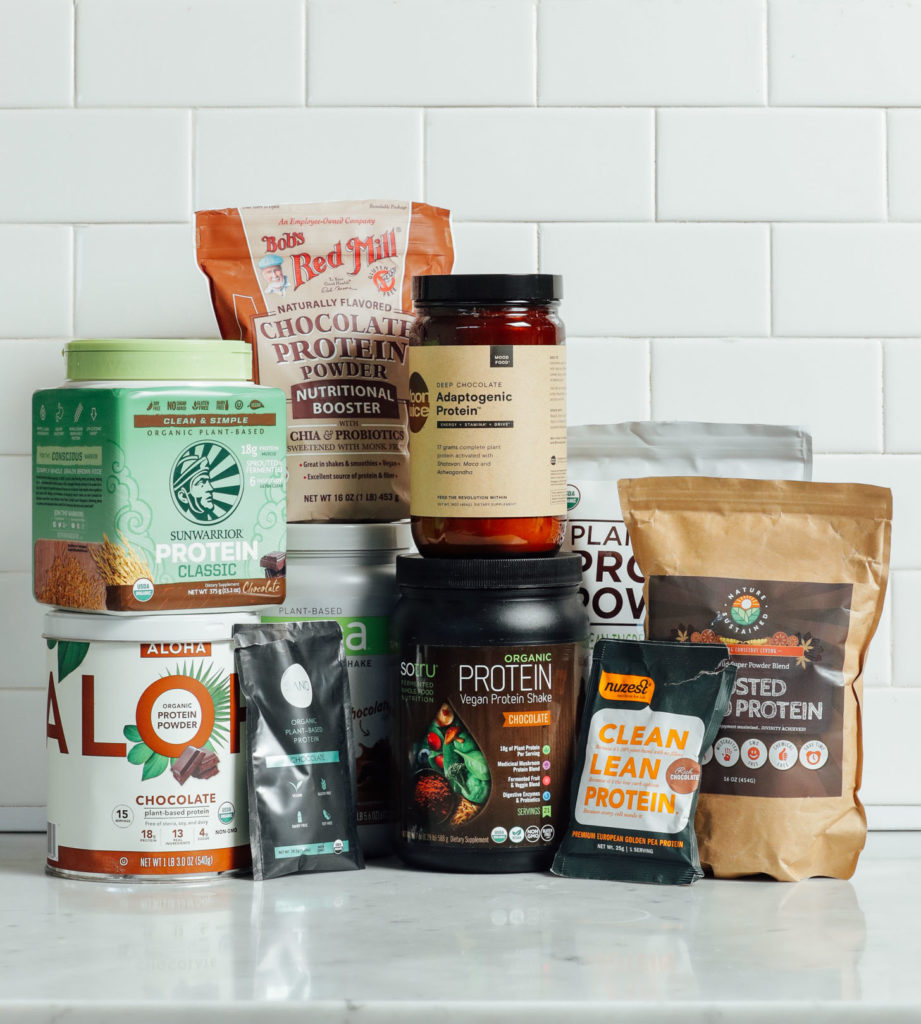
- Nuzest Clean Lean Pea Protein
- PlantFusion
- NOW Sports Pea Protein
- True Nutrition Vegan Lean
- Orgain Organic Powder
- Whey
Reasons why you should opt for a plant-based diet:
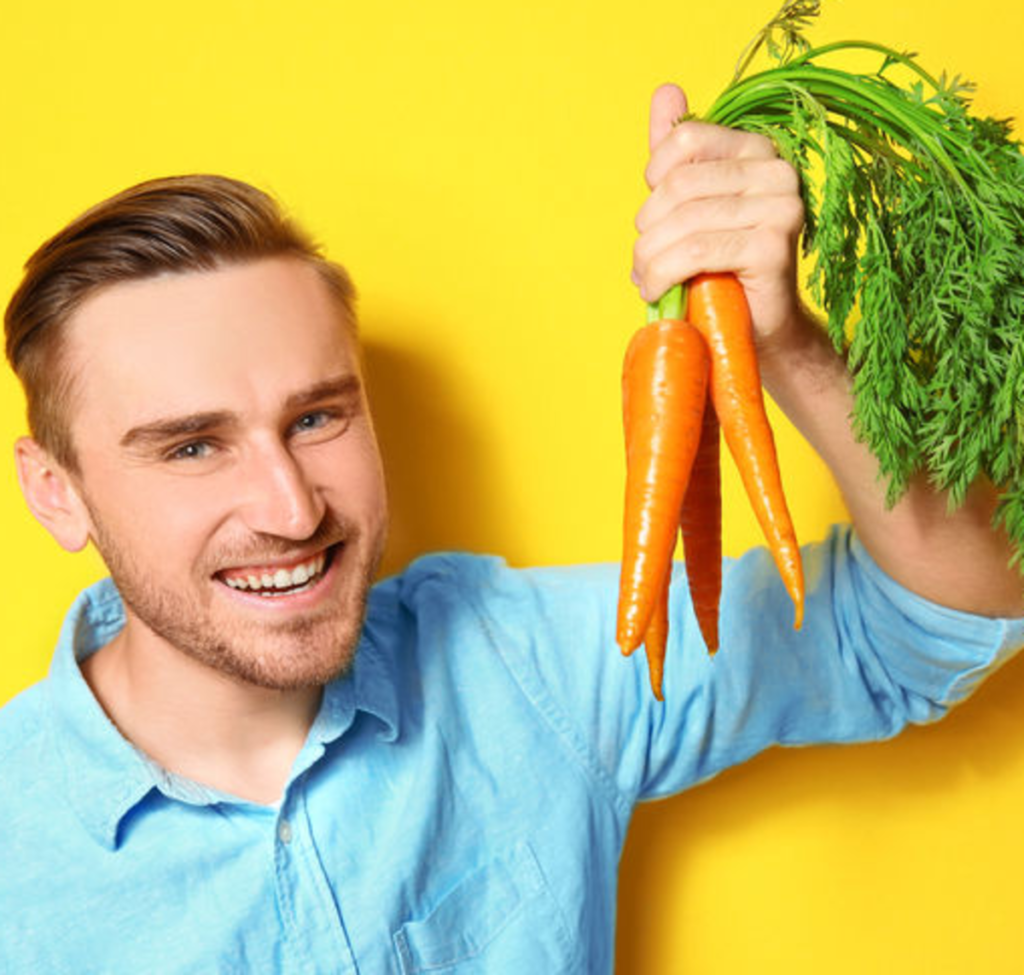
ETHICS
- Over 56 billion animals are killed every year for food, even though there are cruelty-free alternatives.
- Animals are more similar to us than many people realize. They have emotions, feel pain, have families and want to live without suffering just like us.
- Sheep can recognize up to 50 other sheep’s faces and remember them for two years
- Cows show excitement when they discover how to open a gate leading to a food reward
- Mother hens teach their chicks which foods are good to eat
- Pigs are said to be as intelligent as dogs
HEALTH
- “It is the position of the American Dietetic Association that appropriately planned vegetarian diets, including total vegetarian or vegan diets, are healthful, nutritionally adequate, and may provide health benefits in the prevention and treatment of certain diseases”.
- “…The available evidence indicates strong associations of processed meat consumption with incident CHD [Coronary Heart Disease] and DM [Diabetes Mellitus], more modest associations of unprocessed red meat consumption with incident DM, and smaller or no associations of unprocessed red meat consumption with incident CHD.”
- “…The World Health Organization has classified processed meats – including ham, salami, bacon, and frankfurts – as a Group 1 carcinogen which means that there is strong evidence that processed meats cause cancer.”
- List of organizations affirming that a vegan diet is healthy at all stages of life.
- “The use of carbon monoxide deceives consumers and creates an unnecessary risk of food poisoning by enabling meat and ground beef to remain fresh-looking beyond the point at which typical color changes would indicate aging or bacterial spoilage”.
- “Chickens for sale in Britain’s supermarkets are showing record levels of superbugs resistant to some of the strongest antibiotics, new research from the government has found.”
- “Antibiotics are used more heavily in farm animals than in people. This may be the largest source of antibiotic-resistant bacteria.”
- “More than 70 percent of the antibiotics consumed in the United States go to livestock farms, one of the main triggers driving a rising crisis of antibiotic resistance in human medicine.”
- “70% of Human Diseases linked to animal agriculture.”
ENVIRONMENT
- “Animal agriculture is responsible for 18% of greenhouse gas emissions, more than the combined exhaust from all transportation”
- “ The Animal agriculture is responsible for 80-90% of US water consumption”
- “Animal agriculture is responsible for 20-33% of all freshwater consumption in the world”
- “2,500 gallons of water are needed to produce 1 pound of beef, 477 gallons of water are needed to produce 1lb of eggs, almost 900 gallons of water are needed for 1lb of cheese, 1,000 gallons of water are needed for 1 gallon of milk”
- “Livestock covers 45% of the Earths total land”
- “Animal agriculture is the leading cause of species extinction, ocean dead zones, water pollution, and habitat destruction”
- “Livestock operations on land have created more than 500 nitrogen flooded dead zones around the world in our oceans.”
- “Largest mass extinction in 65 million years.”– “3/4 of the world’s fisheries are exploited or depleted.”
- “We could see fishless oceans by 2048.”
- “For every 1 pound of fish caught, up to 5 pounds of unintended marine species are caught and discarded as by-kill”
- “Animal agriculture is responsible for up to 91% of Amazon destruction”
- “Up to 137 plant, animal and insect species are lost every day due to rainforest destruction.”
SOCIAL
- Mental health problems reduction.
- Less crime.
- World hunger-reduction.
- Less prejudice.
- Less climate change.
RECOMMENDED VIEWING
- 101 reasons to go vegan.
- Dr. Greger – Uprooting the Leading Causes of Death.
- Dominion.
- Earthlings.
- Cowspiracy
- What the Health.
Comments
0 comments

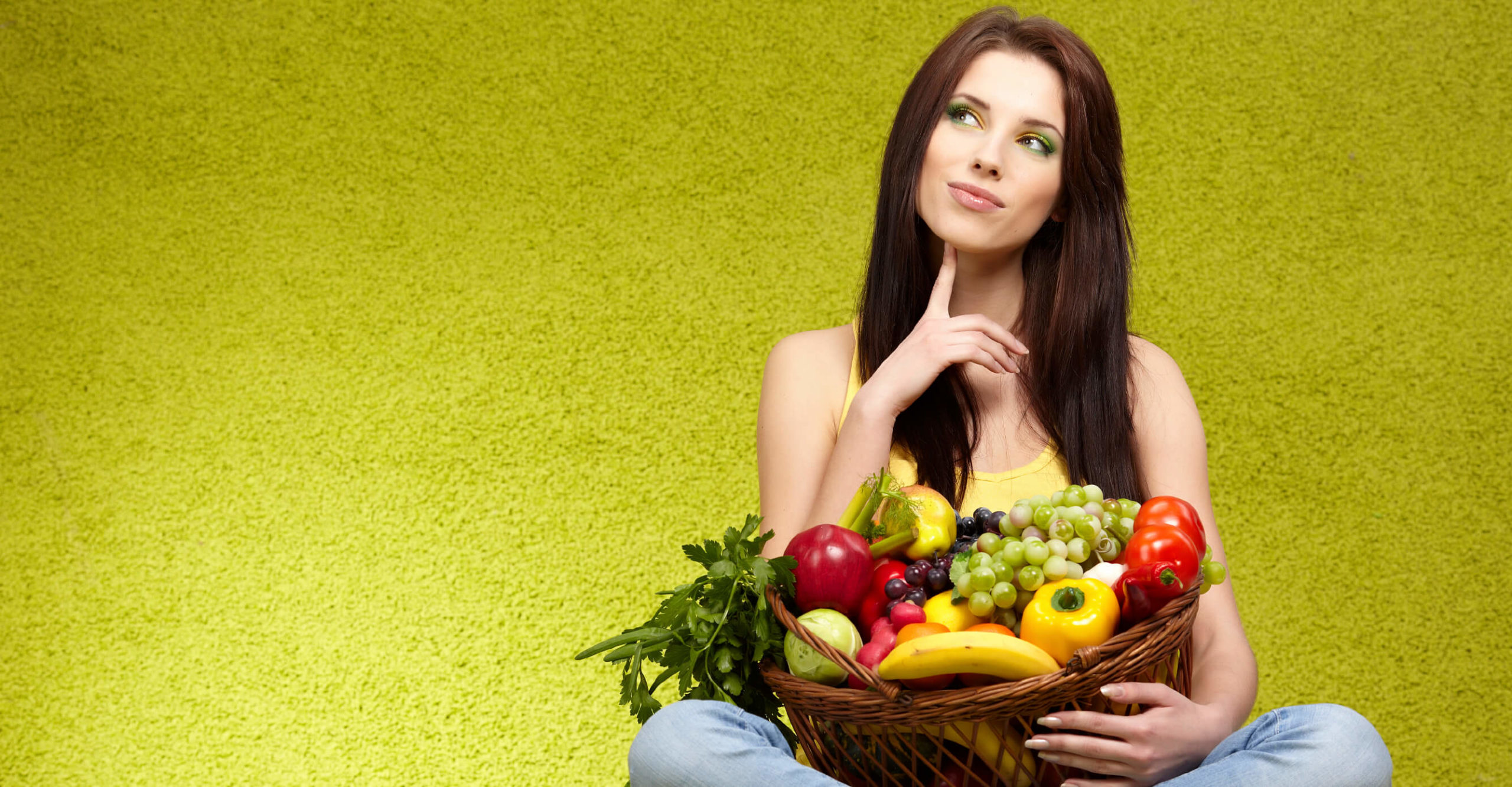
I got good info from your blog
Avaforce 100mg Tablet is an oral drug that is used for treating impotence , also known as erectile dysfunction . It is Use in a class of capsules called phosphodiesterase type 5 inhibitor. It works by helping to raise blood flow into the penis during sexual stimulation. It helps you to achieve & maintain an erection.
Reading your article helped me a lot and I agree with you. But I still have some doubts, can you clarify for me? I’ll keep an eye out for your answers.
With their extensive range of fittings, including elbows, tees, couplings, and more, Elitepipe Plastic Factory offers comprehensive solutions for various pipe systems and installations. Elitepipe Plastic Factory
يتجلى التزام المصنع بالاستدامة البيئية من خلال استخدام مواد صديقة للبيئة وممارسات التصنيع الموفرة للطاقة. إيليت بايب Elite Pipe
Elitepipe Plastic Factory’s HDPE pipes offer excellent resistance to chemicals, abrasion, and environmental stress, making them ideal for a wide range of applications. Elitepipe Plastic Factory
The factory’s adherence to environmental sustainability is demonstrated through their use of eco-friendly materials and energy-efficient manufacturing practices. Elitepipe Plastic Factory
تشتهر تجهيزات HDPE من إيليت بايب Elite Pipe بتعدد استخداماتها ، مما يسمح بوصلات آمنة وفعالة في تطبيقات متنوعة مثل إمدادات المياه وتوزيع الغاز وخطوط الأنابيب الصناعية.
The factory’s commitment to innovation is reflected in their continuous research and development efforts to enhance the design and functionality of their HDPE and uPVC fittings. Elitepipe Plastic Factory
تم تصميم تركيبات المصنع من البولي فينيل كلوريد (uPVC) مع الاهتمام الدقيق بالتفاصيل ، مما يضمن اتصالات آمنة ومحكمة تقلل من مخاطر التسرب أو الأعطال. إيليت بايب Elite Pipe
يعتبر مصنع إيليت بايب Elite Pipe في العراق رائدًا صناعيًا معروفًا بالتزامه بتقديم الأنابيب والتجهيزات البلاستيكية عالية الجودة.
Elitepipe Plastic Factory’s fittings exhibit outstanding dimensional accuracy and are manufactured using high-grade materials, ensuring long-lasting performance and reliability. Elitepipe Plastic Factory
يمكن للعملاء الاعتماد على الخبرة الفنية لمصنع إيليت بايب Elite Pipeودعم العملاء المخصص لمساعدتهم في اختيار التركيبات الأنسب لاحتياجاتهم الخاصة.
يعمل مصنع إيليت بايب Elite Pipe في العراق كمحفز لتطوير البنية التحتية ، حيث يزود السوق بأنابيب البولي إيثيلين عالي الكثافة وأنابيب uPVC والتجهيزات التي تساهم في نمو ونجاح مختلف القطاعات.
With their extensive range of fittings, including elbows, tees, couplings, and more, Elitepipe Plastic Factory offers comprehensive solutions for various pipe systems and installations. Elitepipe Plastic Factory
Elitepipe Plastic Factory’s fittings undergo rigorous quality control processes to ensure that they meet the most stringent performance and durability requirements. Elitepipe Plastic Factory
تخضع تجهيزات مصنع إيليت بايب Elite Pipeلعمليات مراقبة جودة صارمة للتأكد من أنها تلبي متطلبات الأداء والمتانة الأكثر صرامة.
يتضح التزام إيليت بايب Elite Pipe بإرضاء العملاء في جداول التسليم الفوري وخدمة ما بعد البيع الاستثنائية.
The factory’s uPVC fittings are designed with meticulous attention to detail, ensuring secure and tight connections that minimize the risk of leaks or failures. Elitepipe Plastic Factory
يتضح التزام إيليت بايب Elite Pipe بإرضاء العملاء في جداول التسليم الفوري وخدمة ما بعد البيع الاستثنائية.
When it comes to uPVC pipes, Elitepipe Plastic Factory sets the bar high with their precision-engineered products that provide reliable and leak-free plumbing and irrigation solutions. Elitepipe Plastic Factory
Elitepipe Plastic Factory’s fittings undergo rigorous quality control processes to ensure that they meet the most stringent performance and durability requirements. Elitepipe Plastic Factory
تستخدم القوى العاملة الماهرة في المصنع تقنيات تصنيع متقدمة لإنتاج تجهيزات تتوافق مع المعايير والمواصفات الدولية. إيليت بايب Elite Pipe
مع مجموعة واسعة من التركيبات ، بما في ذلك الأكواع ، المحملات ، الوصلات ، وأكثر من ذلك ، يقدم مصنع إيليت بايب Elite Pipe حلولًا شاملة لأنظمة وتركيبات الأنابيب المختلفة.
تم تصميم تركيبات إيليت بايب Elite Pipe لتكون سهلة الاستخدام ، مما يسهل التثبيت السهل ويضمن صيانة خالية من المتاعب طوال عمرها الافتراضي.
مع مجموعة واسعة من التركيبات ، بما في ذلك الأكواع ، المحملات ، الوصلات ، وأكثر من ذلك ، يقدم مصنع إيليت بايب Elite Pipe حلولًا شاملة لأنظمة وتركيبات الأنابيب المختلفة.
ElitePipe Plastic Factory – Your One-Stop Piping Solution in Iraq! 🌍 🏭 Elite Pipe Plastic Factory takes pride in being a trusted manufacturer and supplier of superior plastic piping solutions in Iraq. With our comprehensive product range and unwavering commitment to quality, we are your go-to source for all your piping needs. ✅ HDPE, UPVC, and LDPE Pipes: Our high-quality High-Density Polyethylene (HDPE), Unplasticized Polyvinyl Chloride (UPVC), and Low-Density Polyethylene (LDPE) pipes are engineered to provide exceptional durability, excellent flow characteristics, and resistance to corrosion. Whether it’s water supply, irrigation, or industrial applications, our pipes deliver unmatched performance. 🔩 Butt Welding Machines & Electrofusion Welding EF Machines: We offer state-of-the-art Butt Welding Machines and Electrofusion Welding EF Machines that ensure precise and efficient joining of pipes. These cutting-edge machines guarantee strong and leak-proof connections, meeting the highest industry standards. 🔌 Fittings & Electrofusion Fittings: Complementing our pipe offerings, we provide a wide range of fittings and electrofusion fittings. These products are designed to facilitate seamless installation, enabling reliable connections and optimal system performance. 🌾 Agriculture Pipes: Elite Pipe Plastic Factory understands the importance of efficient irrigation systems in agriculture. Our specially designed agriculture pipes deliver water efficiently to enhance crop growth and maximize yield. Count on us for durable and reliable solutions for your agricultural needs. 🤝 We are committed to delivering products that exceed your expectations. With our superior quality, advanced technology, and dedicated customer service, Elite Pipe Plastic Factory is the trusted partner you can rely on. 📞 Contact us today to discuss your project requirements and experience the excellence of Elite Pipe Plastic Factory! Let us be your preferred choice for top-notch plastic piping solutions in Iraq. 🚀
The Elitepipe Plastic Factory’s manufacturing facilities are equipped with state-of-the-art machinery, enabling efficient production processes and consistent product quality. Elitepipe Plastic Factory
This is my first time pay a quick visit at here and i am really happy to read everthing at one place
تم تصميم تركيبات المصنع من البولي فينيل كلوريد (uPVC) مع الاهتمام الدقيق بالتفاصيل ، مما يضمن اتصالات آمنة ومحكمة تقلل من مخاطر التسرب أو الأعطال. إيليت بايب Elite Pipe
I am truly thankful to the owner of this web site who has shared this fantastic piece of writing at at this place.
The factory’s dedication to quality is evident in the superior performance of their HDPE pipes, which are known for their exceptional strength and durability. Elitepipe Plastic Factory
naturally like your web site however you need to take a look at the spelling on several of your posts. A number of them are rife with spelling problems and I find it very bothersome to tell the truth on the other hand I will surely come again again.
يعمل مصنع إيليت بايب Elite Pipe في العراق كمحفز لتطوير البنية التحتية ، حيث يزود السوق بأنابيب البولي إيثيلين عالي الكثافة وأنابيب uPVC والتجهيزات التي تساهم في نمو ونجاح مختلف القطاعات.
I am truly thankful to the owner of this web site who has shared this fantastic piece of writing at at this place.
The uPVC fittings produced by Elitepipe Plastic Factory are highly resistant to corrosion, providing reliable and maintenance-free solutions for plumbing and irrigation systems. Elitepipe Plastic Factory
The factory’s uPVC fittings are designed with meticulous attention to detail, ensuring secure and tight connections that minimize the risk of leaks or failures. Elitepipe Plastic Factory
200 lt kapasiteli kompresörlerimizle verimli işler yapın. Uygun fiyatlarla sizleri bekliyoruz
Good day! I know this is somewhat off topic but I was wondering which blog platform are you using for this website? I’m getting sick and tired of WordPress because I’ve had problems with hackers and I’m looking at alternatives for another platform. I would be fantastic if you could point me in the direction of a good platform.
Muchas gracias. ?Como puedo iniciar sesion?